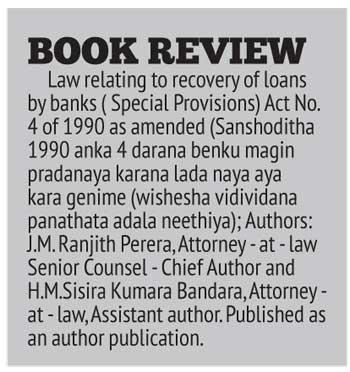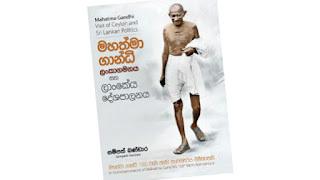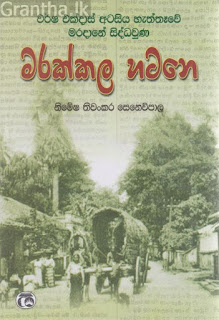This reviewer finds that the opus is a treatise of laborious research which spans into fifteen chapters where the thirteenth chapter has dealt on the references used , the fifteenth chapter on the galaxy of photographs which takes the reader on a trek to the days of yore.
The
Vidana Arachchi Don Andreis de Silva Goonawardene is the earliest ascendant
traced, who was the Vidana Arachchi in the division of the Galu Kadavath
Sathara or the Four Gravets of Galle. (Dr.Wickrama Weerasooria’s “Links
between Sri Lanka and Australia” Government press 1988 at page 219 contains a
short account on ‘Don Saranealis Gunawardene) For the meaning of the word
kadavatu vide: at page 78 and gravet vide: at page 92 S.A.W.Mottau’s Glossary of terms
used in official correspondence of the Government of Sri Lanka compiled from
records at the National Archives. Sri Lanka Archives volume 3, 1985-6 edited by
G.P.S.H. de Silva. What were the four Gravets or Kadavatha’s of Galle? One
could glean some information only from the book on the toponymy of the four Gravets
of Galle. viz. Gallé Grama Nama Saha ehi withti (in Sinhalese) i.e.
Galle’s village names and the information found thereto. by Prof. Bandusena
Gunasekera 1976 first edition by Gunasena publishers second edition by Godage publishers
in 2009. The four gravets were viz. Kadavatha bridge of Magalle Gintota bridge,
Bataduwa and Batawantudawa or Kadawathagoda. The error that has seeped in Prof.
Gunasekera’s book (vide: page 50) is that the Fort is identified as a gravet
point.
The first chapter of
the book is titled: “Galle in its Heydays”,
“Gold in Malacca and Lead in Galle” bespeaks of the truism of the saying
thus that prevailed when the Galle harbour was in its pristine glory. Galle
harbour was the main port of call in the island. The breakwater of the Colombo
harbour was completed only in 1895. By the June 1882 the steamers of the
P.O.Company decided to berth at the Colombo harbour. The days where the
seasonal winds played a vital role in sea travel the Galle harbour continued to
serve as its pride of place.
The Port Surgeon’s Report
for 1922 and 1923 sheds light to the hive of activity in the Galle Harbour at that
time. Thus: “During 1923, 139 steamers and 20 native crafts arrived at this
Port as against 126 and 23 in the previous year. 90 steamers were granted free
pratique ana 49 placed in simple quarantine as against and in the previous
year. (vide: pages 50-3 chapter 8) Great Days - Memoirs of a Ceylon Government
Medical Officer of 1918 P.R.C. Peterson compiled and edited by Manel
Fonseka published by the Social Scientists Association (2001) 2004. Richard Boyle wrote
that excellent account in the chapter 8 titled “Galle in its Heydays” in his
book titled: Sinbad in Serandib published by Visidunu prakasakayo in
2008.
The second chapter the
author has titled: “Growing Up in Colonial Galle” The following books linger in
the memory of this reviewer. Thus: Dorothy Bartholomeuz’s autobiography titled “Ceylon
As, I Knew” Government printer 1987, Prof
E.F.C (Lyn) Ludowyk’s entitled: “Those Long Afternoons - Childhood days
in Colonial Ceylon-Lake House Book shop 1989 an autobiography inimitably
written in a reticent style posthumously was published by Dr.H.A.I.Goonetileke ‘Galle
As Quiet As Asleep’ authored by Norah Roberts, which was originally published
by Aitken Spence printers in 1994 reprinted by Vijitha Yapa in D.T.Devendra’s autobiography
entitled “ The Way We Grew - Open wide, the windows of the mind” by Sridevi
publishers 2001, Dr. C.G.Uragoda’s memoir - entitled: “Sri Lanka Then and Now,”
Sridevi publishers 2003. All these books are on the growing up in colonial
Galle. Ananda Dias Jayasinha’s “The
Forgotten History of the Richmond College Galle published in 2014 by the author
which won the State Literary award is also a magnificent research work on
colonial Galle.
There
are also several books in Sinhalese. They are viz: Galu Ithihasaya
written by E.V.G. William in 1967 an author publication, Galupuranaya
(Ancient Galle) by Prof. K.D. Paranavitane Godage publishers 1991, and Galu
Korale Jana Kavi (The Folk Verses of the Galle’s Korale) by Norman Siripala,
Samanthi publishers, 2010.
Chapter
8 titled : “Messers Chas. P. Hayley & Co. “found from pages 53 to 62 merits
comments of this reviewer. At page 54-5 the author mentions about an oil
painting of the ship the Percy Douglas landed in the Galle Harbour. in
which was Chas. P.Hayley arrived. This reviewer claims that he is an eye
witness of seeing an oil painting of the ship the Percy Douglas found in
the room the Galle’s General Manager Jagath Dahanayake at the ‘Hayley House as Pedlar
Street Fort Galle in the 1980’s. At page 55 the author states the Post Master
General’s daughter Gertrude Fanny Lee was married to Chas.P.Hayley. The name of
the Post Master General was George Lee. Chas P. Hayley and Gertrude Fanny Lee’s
weddings was solemnized at the All Saints’ Church Fort Galle. At page 56 the author
states that “Charles’ sister Adelaide followed him to Ceylon and kept home for him,
until she married an English widower planting sugar cane and settled in Baddegama
15 miles from Galle.” The sugar cane planter
referred to undoubtedly is a relative George Winter. Their estate was Pilagodaweli
Estate. What whetted the curiosity of this reviewer is that at pages 201-203 of
the book titled: List of Inscriptions on Tombstones and Memorials in Ceylon by
J. Penry Lewis published in 1913 by the Government printer H.C.Cottle. Lewis at page 141 serial number 447 cites Lionel Frederick Lee,
Treasurer of this Colony, CCS, from the General Cemetery, Colombo died on
December 4th 1899 who was the son of George Lee CCS 1831-1860, Post
Master General 1844 - 1860, married Ellen Annie 4th daughter of
Robert Wright, Henry Austin Lee another son of George Lee of the Foreign Office
who was married to Martha Austin.
Lewis
at P171 serial No.556 cities under George Winter who married Sarah Creasy their
4th (twin) daughter Lydia Septima baptized at the All Saints church
Galle on April 4, 1836 has got married to Haverstock Hodsoll Bowman on January 6 1858, and had dided on
September 27, 1868. Lydia Septima Bowman was buried in the Baddegama
churchyard. Her husband’s second marriage was to Adelaide Bourbon Hayley (born on
April 10th 1838) daughter from the first wife of Thomas Harrop Hayley
of Castleford and Juliana Robinson. Thoma Harrop was the born of William Hayley
and Catherina Harrop. Bowmans were partners to Winters in the sugar estate. (vide:
also at page 203, serial No. 738 on Baddegama churchyard Lewis supra)
However,
Samson Abeysooriya’s Whose Who of Ceylon third edition 1928 (page 90)
supports some material adduced by Prof. Manouri P. Senanayake in her book and has stated that
Gertrude Lee was the sister of Lionel F. Lee and the daughter of George Lee.
Prof. Manouri P. Senanayake’s erudite discourse has advanced our knowledge on
the social history of Galle.
Another
Gallean associated with the Chas.P.Hayley & Co. was Muhandiram
F.A.Wickremasinghe the Chandos street of Galle Fort where he lived, was named
after him. He was instrumental in bestowing to Galle as a Buddhist
philanthropist, the Sri Sudarmalaya Maha Viharaya in Galle Fort, the All
Saint’s boarding as the YMBA building in the Light House street and also for
starting the Sangamitta Balika Vidyalaya in Wackwella road, a premier girls’
school in Galle today.
Dr.Janaka
Goonetileke’s book entitled ‘Atapattu Walawwa’ published by Atapattu Walawwa
2012 was reviewed by this reviewer in the
Daily Mirror October 16, 2012, A13, The Daily News Artscope
November 21, 2012 page 12, The Nation October 28, 2012 Fine page
6, figure 2 of the said book, contains a rare photograph of Abraham Dias
Abeysinghe’s wedding to Eva Tagora Gooneratne is undoubtedly one of the very
few rare photograph of the elitist govigama prominent celebrations in 1903 found from Galle was published in Dr.
Goonatileke’s opus.
The
only other known elitist karawa wedding ceremony recorded from Galle is found
in Norah Robert’s book entitled: “Galle As Quiet As Asleep” (page 404) where
that affluent aristocrat Charles Henry Soysa’s son Arthur Soysa’s bethrothal to
Regina Perera Abeywardene of ‘Closenberg fame’ at the All Saint’s Church of
Galle which was reported in “London Daily Graphic” on March 2, 1899.
From
her book Prof. Manouri P. Senanayaka has furnished us with two Galle govigama
wedding photographs one in 1915 (vide: at page 105) and the other Gamagey Elena
and Don Saranelis Goonewardene in 1910 (vide: at page 115) This reviewer wishes
the location of these photographs were identified by the writer in the interest
of the readers. All of them are indeed
remarkable landmarks in the heydays of Galle.
Chapter 10 ‘Southern
Transport Company Changes Hands’ at page
76 refer to Jack Steiger in Galle in 1937. This reviewer has learnt that he was
a German in nationality, stout, flabby in appearance who lived in the ‘Hayley’s
Residence’ which was burnt down during the 1971 insurrection in Middle street far
end close to the present Army camp. He was buried in the All Saint’s cemetery
Talbot town Galle.
At page 77 F.A.Hayley
is found in Dr. A.R.B.Amerasinghe’s The Supreme Court of Sri Lanka-first 185
years by vishvākvalekha publishers in 1986. F.A.Hayley left Sri Lanka (then
Ceylon) on 6th June 1960 where the valedictory photograph is found at
the Colombo Law Library. An oil painting of his was unveiled at the Colombo Law
Library (date is unknown) probably after his death and after the reference made
by the Supreme Court. The most salient lapses as this reviewer observes on this
excellent account is that the Arnold Wright’s (editor) Twentieth Century Impressions of
Ceylon Lloyd’s G.B.publishing Co.Ltd.1907 A.E.S. New Delhi 1999 has not
been consulted by the erudite writer for her learned treatise.
Prof. Manouri P.Senanayake’s
epoch making opus titled: " Odyssey of a Runaway child
" subtitled : " Galle to Australia Goldfields and Beyond " by
that renowned pediatrician has introduced the only
known Vidana Arachchi of Galle from the yore. This is a ‘must’ read for all who
have a deep abiding penchant on the social history of Galle. We Galleans owe a
debt of account to the writer for her well researched work on a part of history
on Galle.







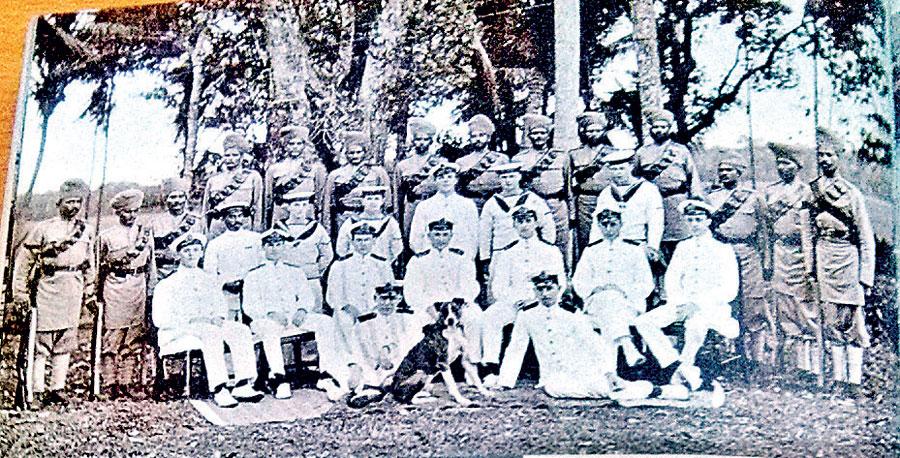
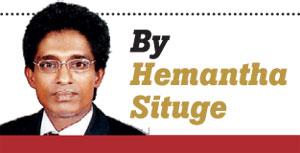
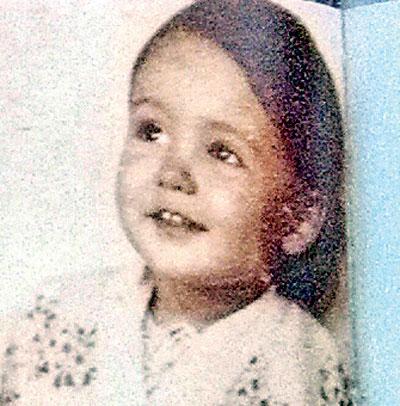 Whilst their sojourn in Matara, Richard’s mother was looked after by a Sinhalese nanny by the name of Hinne Hami Wickramaratne.
Whilst their sojourn in Matara, Richard’s mother was looked after by a Sinhalese nanny by the name of Hinne Hami Wickramaratne.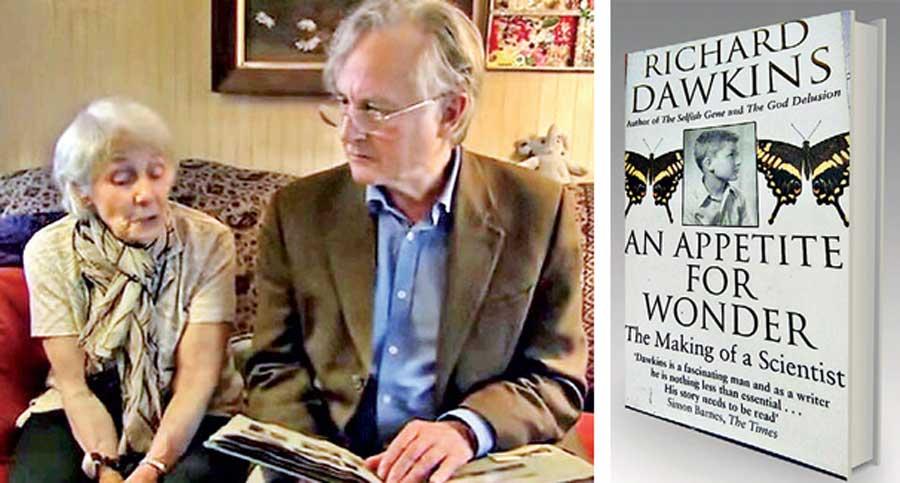





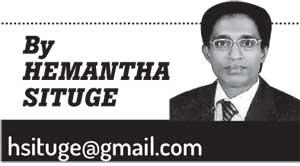 Anka 4 Darana Benku Magin Pradanaya Karana Lada Naya Aya Kara Genime (Wishesha Vidividana Panathata Adala Neethiya) written in Sinhalese
Anka 4 Darana Benku Magin Pradanaya Karana Lada Naya Aya Kara Genime (Wishesha Vidividana Panathata Adala Neethiya) written in Sinhalese